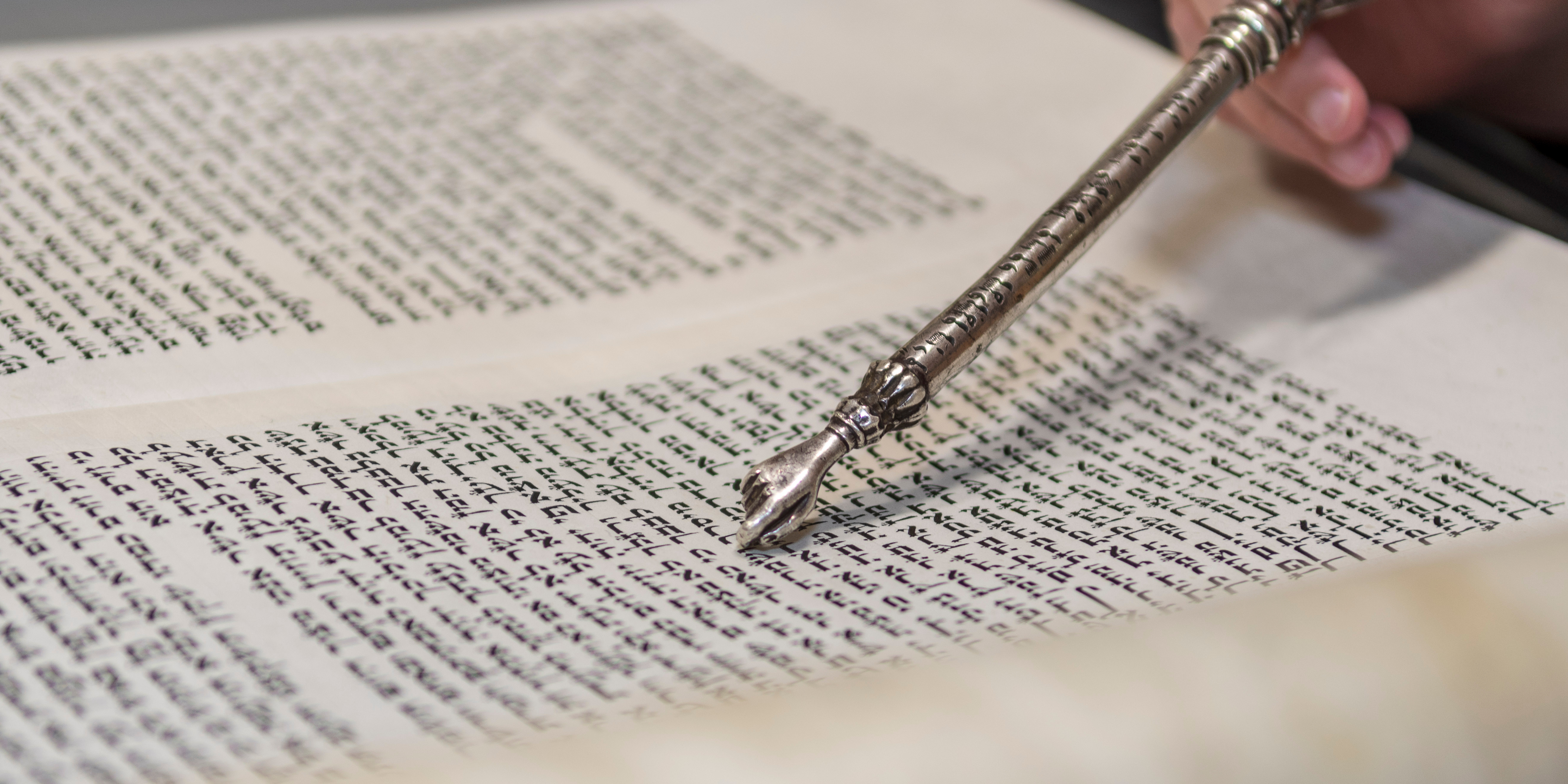Beyond the Object: Pesach crockery

It is such a glorious over-the-top celebration of Passover. The cups and saucers are finished in shocking pink lustre glaze. They have Hebrew characters on them saying ‘Chag HaPesach’ surrounded by gilded roses. The crockery is early 20thcentury Austro-Hungarian in origin. They obviously belonged to an affluent European Jewish family who liked decorative objects in their home.
They also must have celebrated the customs and laws of the eight days of Passover, including having separate Passover crockery, such as this, for milk and meat meals. It is a celebration of the difference of these eight days from the rest of the year when we do not eat bread but unleavened matzah.
I was born in a village in Hungary and lived there till the age of seven. I remember Pesach and the matzah that were hand-baked in the nearest town of Miskolc. We had a new pail for fetching milk from the nearby farm when Pesach began. The shochet came and slaughtered the chickens and the fruit and vegetables came from our garden and nearby farms. There were no supermarkets full of products with hechsher for Pesach which dominate our Pesach shopping experiences today. The very simplicity of our lives did not detract from celebrating the mitzvot fully of keeping Chag HaPesach. It enhanced the mitzvot by going back to the essentials and understanding what was required to make these eight days different and special. A new sack or bag of sugar was opened for the festival, only matzah was eaten, only matzo meal used in recipes, and potato flour and ground nuts in the baking of special Passover cakes and biscuits.
The house was scrubbed top to bottom in the week before the chag, the activity being scrupulously supervised by a delightful old lady – a devout Catholic – who had been my father’s nanny and taught my sister and me how to recite our Hebrew prayers including the Sh’ma at night time and in the morning.
Her name was Marineni and she was definitely our very own ‘righteous among the Gentiles’. At the end of the war – when my father returned from a forced labour camp in Siberia, she set about restoring the house to being a family ‘home’ again. She went to the local market and reclaimed the linens that belonged to the house with their embroidered monograms. She found pieces of dinner services and cutlery sets and returned them to their rightful owners. She went into local peasant homes and took back looted furniture and homewares. She brooked no opposition on her mission. My father adored her and many years later we visited her in hospital just before she died and she remarked with great happiness that my father had been sent to take her on her ‘journey’.
When the festival arrived, the seder was celebrated with all the ceremony we associate with it: the Shmura Matzot, the afikomen, the boiled eggs, saltwater, four glasses of wine, parsley, boiled potatoes, the grated horseradish and the sweet, nutty brick-coloured charoset. Friends from the village joined us for the seder and our community of about 50 families celebrated the season of freedom in the Hungarian countryside with the children asking the Four Questions which they had been drilled to at Cheder. Our parents had survived Hitler, the Hungarian fascists and the total destruction of the Jewish world they had known. They had returned ‘home’ to restart their lives and create a vibrant Jewish life from the debris of the Shoah. Seeing these Passover cups and saucers evoke memories of survival and freedom and the need to celebrate these values whenever and wherever possible.
Anne Cowen is a member of New London Synagogue.



